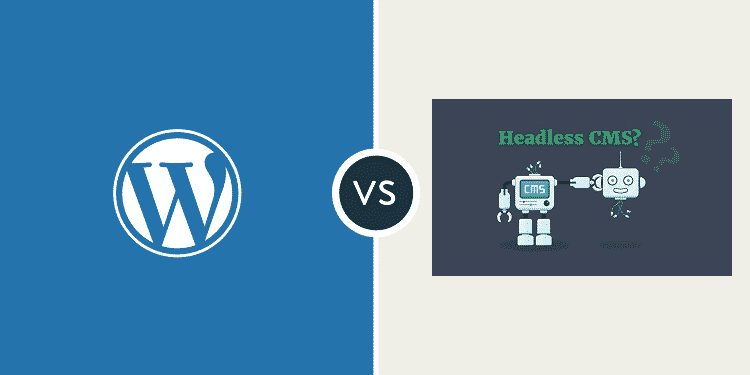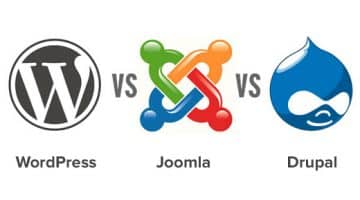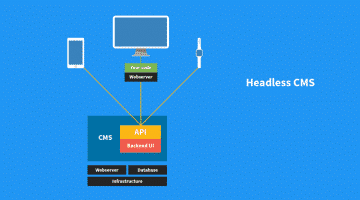WordPress has got synonymous with CMS for the years. WordPress is a traditional CMS, but the modern CMS in the market are quite different. They are called Headless CMS, and they are different from a traditional CMS in terms of architectural point of view. A headless CMS is an API-based CMS, and they have all the functions and features as a traditional CMS. Here are the differences between headless CMS and WordPress or traditional CMS.
What Is Traditional CMS(WordPress) –
In WordPress, you will find all things packed together, and the frontend is tightly linked with the backend. There are WordPress generic theme files to make the site look as you desire. Then there is a predefined database and content schema. You can manually change the database by changing the schema. After that, there is a WordPress PHP application that is powering all the functionalities and also connecting the database with the theme.
What Is Headless CMS –
A headless CMS provides you a dashboard to edit content, and it breaks the tight connection of frontend and backend like it is found in traditional CMS. What it does is that it stores the content, gives you a dashboard for editing, and provides the developers all the APIs to show the content to the frontend. Therefore, there is very less coding required, unlike a traditional CMS like WordPress.
Working Process –
For a traditional CMS such as WordPress, the data for a blog post(web content) is pulled from database by PHP application. The PHP application passes content such as title, body, author, and various such parameters to the theme. The theme files containing HTML, CSS, and JavaScript, they turn the data or content of the blog post into an HTML format and put forward the design and layout developed by the developer as expected. This is the ultimate frontend the users get to view.
For a headless CMS, you create raw content, but you do not have to create the layout or design for the content. Then using API, the raw content is delivered to anything starting from website to mobile app and even wearable devices. Therefore, unlike a traditional CMS, it is not hardcoded into anything. It is very similar to the concept of an open source system.
Code Complexity –
When you are using a WordPress or any traditional CMS for that matter, you have to learn the CMS rules and CMS code applicable to that CMS. Therefore, there is more code complexity. On the other hand, a headless CMS needs minimal lines of code. Unlike a traditional CMS, the content and code exist separately, and that is why there is less complexity. All you have to do mostly in call the API and pass the right parameters.
Maintenance –
A traditional CMS required frequent maintenance such as upgrading the security patches, taking a database backup, doing server monitoring, and much more. Without proper maintenance, the website can be in a catastrophic state. On the other hand, a headless CMS automatically takes care of the upgrading and other maintenance issues so that you can concentrate on the main development.
Hosting and Others –
A traditional CMS needs a specific server hosting as well as the database. It can be third-party hosting and self-hosted. However, a headless CMS delivers as SaaS, and there is nothing to host. As far as the flexibility goes, the traditional CMS does not offer much flexibility as the websites are hardcoded, and there needs to be specific coding for specific websites. On the other hand, the headless CMS is an API-based system, and that is why it is highly flexible and applicable to everything on the web.
There are distinct advantages and disadvantages to both these types of CMS, and they are very different in their approaches though primarily they are doing the same thing. However, most of the modern developers prefer headless CMS, and the popularity of WordPress is certainly going to take a downturn.




